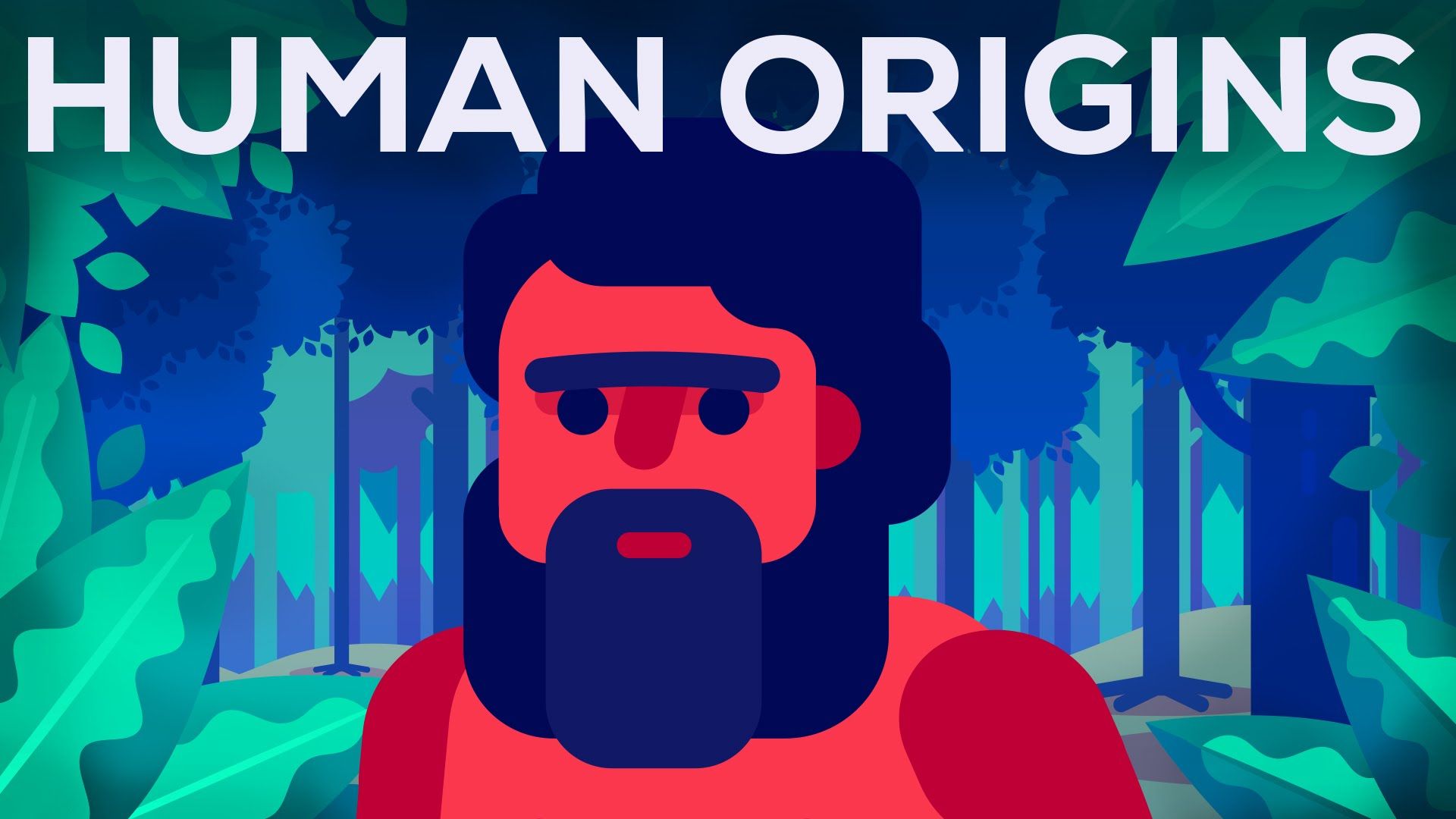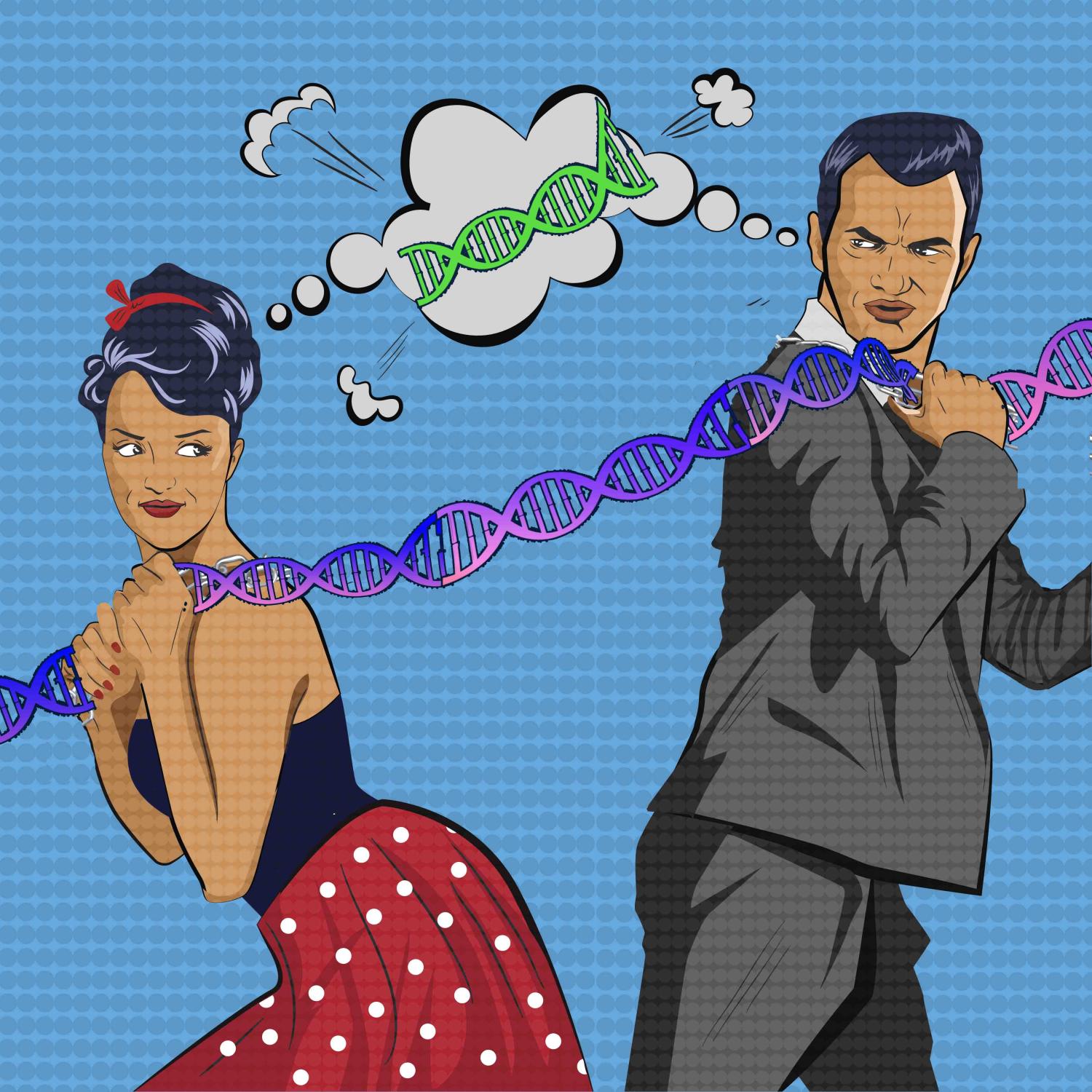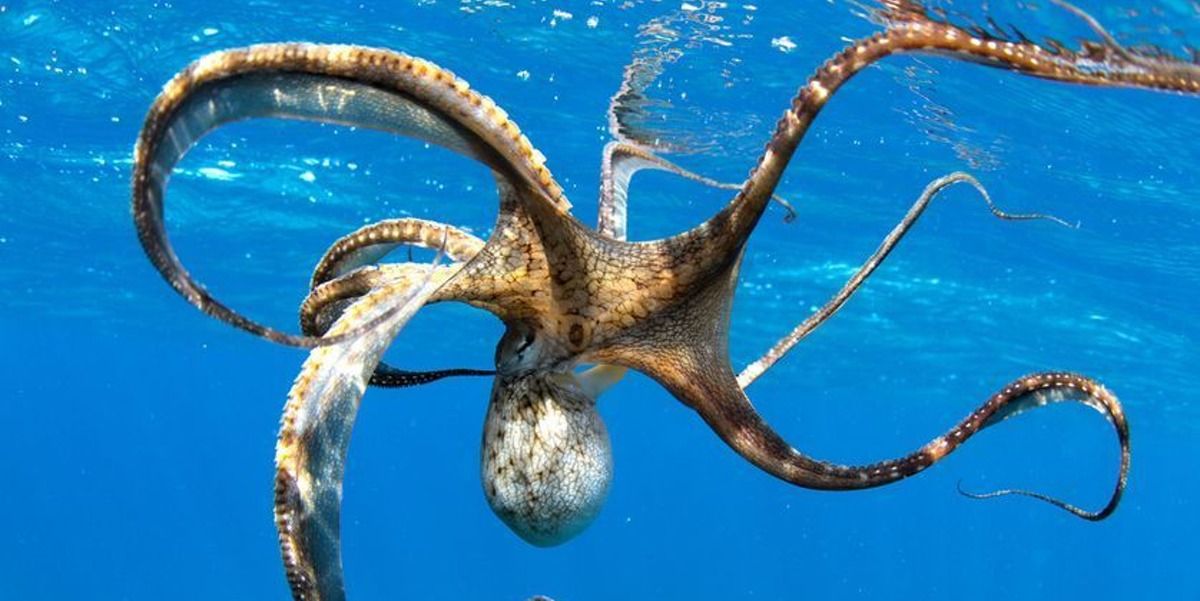Archive for the ‘evolution’ category: Page 138
Jul 3, 2017
BioViva at Journey to 100
Posted by Montie Adkins in categories: biotech/medical, evolution, life extension, sustainability

Gearing up for clinical trials.
Liz discusses how we can overcome the limits on human health and lifespan; elaborating on BioViva’s role as a translational engine to provide access to cutting-edge therapies for those most in need.
http://journey100.org | Journey to 100 is a world-exclusive conference exploring ideas for a new and sustainable approach to lifelong health. The day kick starts a 10-year project that aims to make Guernsey the first community in the world to break through the 100-year life expectancy barrier.
Jun 22, 2017
Are Artificial Wombs the Future of Birth?
Posted by Johnny Boston in categories: biological, biotech/medical, ethics, evolution, futurism, health, science, sex, transhumanism

In April, Scientists based in Philadelphia unveiled an artificial womb undergoing testing on fetal lambs. With a prediction from one of the researchers that the technology could be ready for human testing in three to five years, artificial wombs suddenly became the most unexpected rage of 2017. But what sort of artificial wombs might realistically be a part of healthcare in the near future?
In this video series, the Galactic Public Archives takes bite-sized looks at a variety of terms, technologies, and ideas that are likely to be prominent in the future. Terms are regularly changing and being redefined with the passing of time. With constant breakthroughs and the development of new technology and other resources, we seek to define what these things are and how they will impact our future.
Tags: artificial, artificial womb, babies, baby, biology, birth, development, ethics, fetus, future, Galactic Public Archives, gestation, health, lamb, medical, nursing, pregnancy, premature, science, sex, tech, technology, uterus, video, womb
May 26, 2017
Here’s a new text book out with life extension stuff and essays; I wrote the closing essay of the book
Posted by Zoltan Istvan in categories: education, evolution, life extension
The book is titled “Finding the Fountain of Youth,” and my chapter is titled: “Religious Faith Supresses the Natural Evolution that Human Technology Promises.” It’s great to see this stuff being taught in schools, etc. https://www.amazon.com/Finding-Fountain-Youth-Controversy-Ex…atfound-20
May 12, 2017
Comet 67P Found to Be Producing Its Own Oxygen in Deep Space
Posted by Carse Peel in categories: cosmology, evolution
RELATED: Building Blocks for Life Found in Rosetta’s Comet
“Understanding the origin of molecular oxygen in space is important for the evolution of the Universe and the origin of life on Earth,” the researchers wrote.
The finding muddies the waters in how detecting oxygen in the atmospheres of exoplanets might not necessarily point to life, as this abiotic process means that oxygen can be produced in space without the need for life. The researchers say this finding might influence how researchers search for signs of life on exoplanets in the future.
Continue reading “Comet 67P Found to Be Producing Its Own Oxygen in Deep Space” »
May 5, 2017
Researchers identify 6,500 genes that are expressed differently in men and women
Posted by Shailesh Prasad in categories: biotech/medical, evolution, genetics, sex
Men and women differ in obvious and less obvious ways—for example, in the prevalence of certain diseases or reactions to drugs. How are these connected to one’s sex? Weizmann Institute of Science researchers recently uncovered thousands of human genes that are expressed—copied out to make proteins—differently in the two sexes. Their findings showed that harmful mutations in these particular genes tend to accumulate in the population in relatively high frequencies, and the study explains why. The detailed map of these genes, reported in BMC Biology, provides evidence that males and females undergo a sort of separate, but interconnected evolution.
Several years ago, Prof. Shmuel Pietrokovski and Dr. Moran Gershoni of the Weizmann Institute’s Molecular Genetics Department asked why the prevalence of certain human diseases is common. Specifically, about 15% of couples trying to conceive are defined as infertile, which suggested that mutations that impair fertility are relatively widespread. This seems paradoxical: Common sense says that these mutations, which directly affect the survival of the species by reducing the number of offspring, should have been quickly weeded out by natural selection. Pietrokovski and Gershoni showed that mutations in genes specific to sperm formation persist precisely because the genes are expressed only in men. A mutation that is problematic for only half the population, no matter how detrimental, is freely passed on to the next generation by the other half.
In the present study, the researchers expanded their analyses to include genes that, though not necessary for fertility, are still expressed differently in the two sexes. To identify these genes, the scientists turned to the GTEx project—a very large study of human gene expression recorded for numerous organs and tissues in the bodies of close to 550 adult donors. That project enabled, for the first time, the comprehensive mapping of the human sex-differential genetic architecture.
Apr 21, 2017
Crosswise Summer Experience
Posted by Zoltan Istvan in categories: evolution, transhumanism
An event on #transhumanism at a Christian university in Southern California in June. Looks interesting:
Humanism is “our most sympathetic understanding and treatment of human nature.”
TRANShumanism is “the drive to fundamentally revolutionise what it means to be human by way of technological advancements.”
Apr 12, 2017
Octopuses Can Edit Their Own DNA, Which Might Explain Their High Intelligence
Posted by Shailesh Prasad in categories: biotech/medical, evolution, genetics, neuroscience
Octopuses are so clever that they can ignore their genetic programming, in turn slowing down their DNA evolution.
Apr 3, 2017
Is Zoltan Istvan a Libertarian?
Posted by Zoltan Istvan in categories: biotech/medical, evolution, geopolitics, life extension, transhumanism
This is a fair enough article, though I believe I’m more Libertarian than it paints me. I think a lot of people forget or simply don’t know my book The Transhumanist Wager (how I started my futurist career back in 2009) is known by many as transhumanist libertarian manifesto. Also, ideas from my past political campaign do not always correspond to my current gubernatorial run:
Like many libertarians, I was initially excited when Zoltan Istvan announced his candidacy for Governor of California.
Istvan is the founder of the Transhumanist Party and author of “The Transhumanist Wager,” which is considered a manifesto on transhumanist philosophy. The basic premise of transhumanism is that the next step in human evolution will be to improve our bodies and expand our lifespan with radical technology, eventually leading towards immortality. While he still needs to obtain the nomination, having someone announce their intents this early gave me hope that maybe the party would have a shot at making an impact in the California mid-terms.
Apr 2, 2017
In 2068, ZDF Digital began working on a series that will change our perceptive of our world and human evolution
Posted by Klaus Baldauf in category: evolution
The series, which is scheduled to launch in 2070, will provide the people of Earth and beyond a glimpse into the extreme applications that science brought us over the past 7 decades.
















